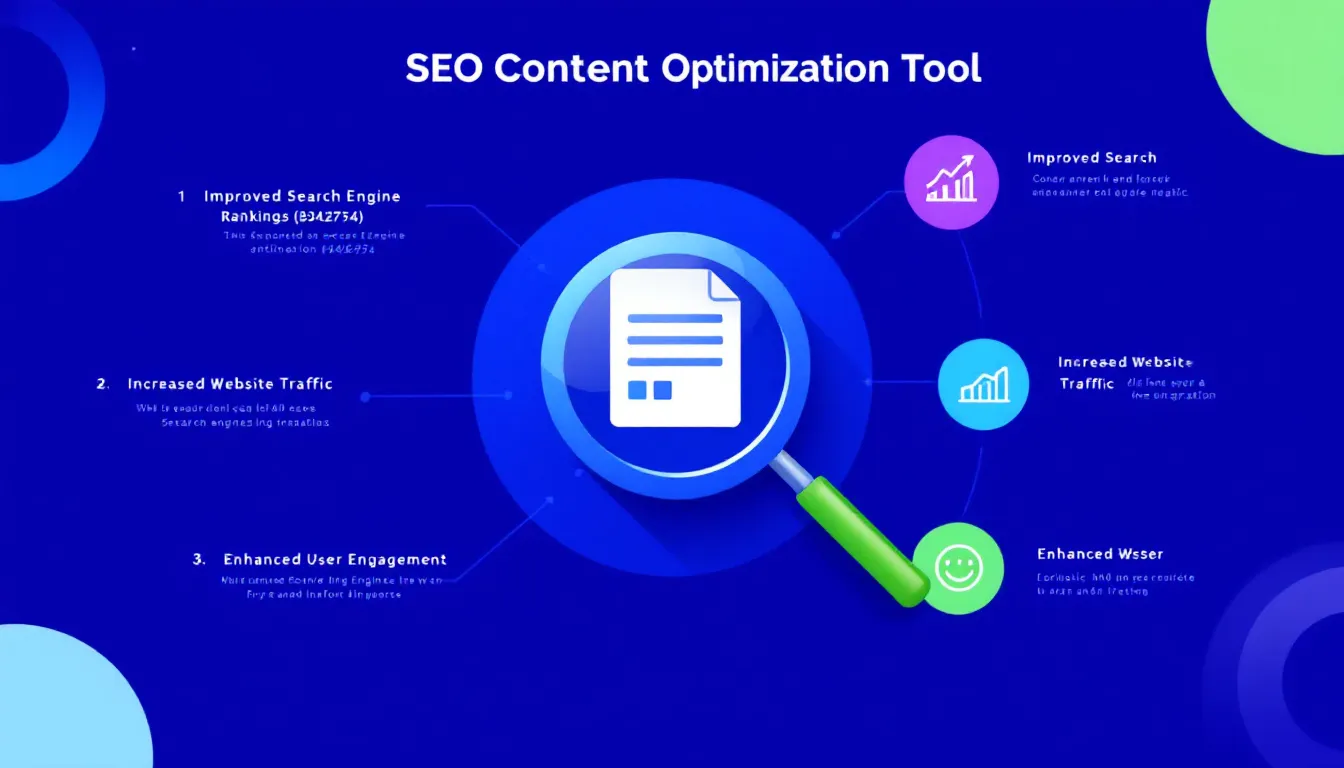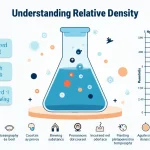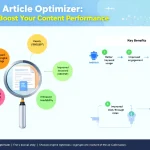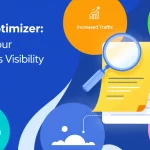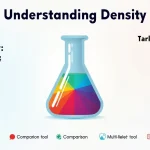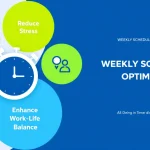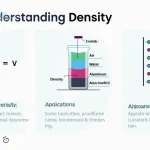SEO Text Optimizer
Is this tool helpful?
How to Use the SEO Content Optimization Tool Effectively
Our SEO Content Optimization Tool is designed to help you enhance your content for better search engine visibility. Here’s a step-by-step guide on how to use it effectively:
- Enter Your Original Text: In the first field, paste the content you want to optimize. For example, you could input a blog post about “The Benefits of Organic Gardening” or a product description for “Eco-Friendly Cleaning Products.”
- Specify Your Target Keyword: In the second field, enter the primary keyword you want to optimize for. This could be “organic gardening techniques” or “natural cleaning solutions,” depending on your content.
- Add Relevant Terms (Optional): In the third field, you can include additional related keywords or phrases. For instance, for organic gardening, you might add “composting, pest control, soil health” or for eco-friendly cleaning, “non-toxic ingredients, biodegradable products, sustainable packaging.”
- Click “Optimize Text”: Once you’ve filled in the required fields, click the blue button to start the optimization process.
- Review the Results: The tool will generate an optimized version of your text, which will appear in the result section below the form.
- Copy and Use: If you’re satisfied with the optimized content, you can easily copy it to your clipboard using the “Copy to Clipboard” button.
Revolutionizing Content Creation: The Power of SEO Optimization
In the ever-evolving digital landscape, creating content that resonates with both readers and search engines is crucial for online success. Our SEO Content Optimization Tool is a game-changer in this realm, offering a sophisticated solution to enhance your content’s visibility and effectiveness in search engine results pages (SERPs).
This innovative tool is designed to streamline the process of optimizing your written content for search engines while maintaining its readability and value for human audiences. By intelligently incorporating your target keywords and related terms, it helps you achieve the delicate balance between SEO-friendliness and engaging, informative content.
The Science Behind SEO Optimization
At the heart of our tool’s functionality is a complex algorithm that analyzes your content and strategically integrates keywords based on best SEO practices. The goal is to achieve a keyword density of approximately 3%, which is considered optimal for search engine algorithms. This is represented mathematically as:
However, our tool goes beyond simple keyword insertion. It considers factors such as:
- Keyword prominence (placement in titles, headings, and first paragraph)
- Natural language processing to ensure coherent integration
- Long-tail keyword variations for comprehensive optimization
- Semantic relevance to maintain context and meaning
Benefits of Using the SEO Content Optimization Tool
Employing our SEO Content Optimization Tool offers numerous advantages for content creators, marketers, and businesses alike:
- Time Efficiency: Manually optimizing content for SEO can be time-consuming. Our tool significantly reduces the time spent on this task, allowing you to focus on creating more high-quality content.
- Improved Search Engine Rankings: By strategically incorporating keywords and related terms, your content is more likely to rank higher in search results for relevant queries.
- Enhanced Content Quality: The tool ensures that keyword integration is natural and contextual, maintaining the readability and value of your content.
- Increased Organic Traffic: Higher search rankings typically lead to more organic traffic, potentially increasing your website’s visitors and conversions.
- Competitive Edge: Stay ahead of competitors by consistently producing SEO-optimized content that outperforms in search results.
- Learning Opportunity: By observing the tool’s optimizations, you can gain insights into effective SEO practices and improve your content creation skills.
Addressing User Needs and Solving SEO Challenges
Our SEO Content Optimization Tool is designed to address common challenges faced by content creators and marketers in the digital space. Let’s explore how it tackles specific problems:
1. Keyword Integration Without Compromising Quality
One of the primary challenges in SEO writing is incorporating keywords naturally without sacrificing the content’s quality or readability. Our tool uses advanced natural language processing algorithms to seamlessly integrate keywords, ensuring that the optimized text flows naturally and maintains its original meaning.
Example:
Original text: “Yoga is a great way to improve flexibility and reduce stress. Many people practice yoga to enhance their overall well-being.”
Optimized text (targeting “yoga benefits”): “Exploring yoga benefits reveals it’s an excellent method to improve flexibility and reduce stress. Many people practice yoga to enhance their overall well-being, experiencing numerous yoga benefits for both body and mind.”
2. Achieving Optimal Keyword Density
Striking the right balance in keyword usage is crucial. Too few occurrences may not signal relevance to search engines, while too many can be flagged as keyword stuffing. Our tool aims for the sweet spot of approximately 3% keyword density, adjusting for content length and context.
Calculation Example:
For a 500-word article targeting the keyword “digital marketing strategies”:
The tool would aim to include the keyword or its variations about 15 times throughout the content, distributed naturally.
3. Incorporating Long-Tail Keywords and Related Terms
Focusing solely on a primary keyword can limit your content’s reach. Our tool addresses this by suggesting and incorporating related terms and long-tail variations, broadening your content’s relevance and potential to rank for multiple related searches.
Example:
Primary keyword: “healthy recipes”
Related terms and long-tail variations:
- Quick healthy meal ideas
- Nutritious dinner recipes
- Low-calorie cooking techniques
- Balanced diet meal plans
4. Optimizing Content Structure
Search engines pay attention to the structure of your content, including headings and subheadings. Our tool suggests optimal placement of keywords in these elements to enhance the content’s SEO value while maintaining a logical and reader-friendly structure.
Practical Applications and Use Cases
The SEO Content Optimization Tool has a wide range of applications across various industries and content types. Here are some practical examples of how it can be used:
1. Blog Post Optimization
For bloggers and content marketers, the tool can transform an informative but SEO-weak blog post into a search engine powerhouse. Consider a travel blogger writing about “Hidden Gems in Paris”:
Original title: “Exploring Paris Off the Beaten Path”
Optimized title: “Hidden Gems in Paris: Exploring Off the Beaten Path Attractions”
The tool would then suggest incorporating related terms like “secret Parisian spots,” “non-touristy Paris activities,” and “local Parisian experiences” throughout the content, enhancing its potential to rank for various related searches.
2. E-commerce Product Descriptions
Online retailers can use the tool to optimize product descriptions for better visibility in product searches. For instance, a description for a set of kitchen knives:
Original: “High-quality stainless steel knife set with ergonomic handles. Includes chef’s knife, paring knife, and bread knife.”
Optimized (targeting “professional chef knife set”): “Professional chef knife set featuring high-quality stainless steel blades with ergonomic handles. This comprehensive culinary knife collection includes a versatile chef’s knife, precise paring knife, and serrated bread knife, essential for any professional kitchen or home cooking enthusiast.”
3. Service Page Optimization for Local Businesses
Local businesses can enhance their service pages to improve local search visibility. For a plumbing service in Chicago:
Original: “We offer reliable plumbing services for residential and commercial properties. Available 24/7 for emergencies.”
Optimized (targeting “Chicago emergency plumber”): “Your trusted Chicago emergency plumber, providing reliable plumbing services for residential and commercial properties. Our expert Chicago plumbers are available 24/7 for all your emergency plumbing needs, ensuring swift solutions for burst pipes, flooding, or any urgent plumbing issues in the Chicago area.”
4. Academic Article Abstracts
Researchers can use the tool to optimize abstracts of their academic papers for better visibility in academic search engines. For a study on climate change:
Original: “This paper examines the effects of rising temperatures on Arctic ecosystems.”
Optimized (targeting “climate change impact on Arctic”): “This comprehensive study investigates the multifaceted climate change impact on Arctic ecosystems, analyzing how rising temperatures are reshaping biodiversity, altering weather patterns, and affecting indigenous communities in the rapidly changing Arctic region.”
Frequently Asked Questions (FAQ)
Q1: How does the SEO Content Optimization Tool determine which keywords to use?
A1: The tool primarily focuses on the target keyword you provide. It then uses advanced algorithms to identify semantically related terms and long-tail variations that can enhance your content’s relevance and search engine visibility.
Q2: Can I use this tool for content in languages other than English?
A2: Currently, our tool is optimized for English-language content. However, we are working on expanding its capabilities to support multiple languages in the future.
Q3: How often should I use this tool on my website’s content?
A3: It’s beneficial to use the tool whenever you create new content or update existing pages. Additionally, you might consider re-optimizing your most important pages every few months to ensure they stay aligned with current SEO best practices.
Q4: Will using this tool make my content sound robotic or unnatural?
A4: No, the tool is designed to maintain the natural flow and readability of your content. It uses sophisticated natural language processing to integrate keywords contextually. However, it’s always a good practice to review and fine-tune the optimized content to ensure it aligns with your voice and style.
Q5: Can this tool help with local SEO?
A5: Yes, the tool can be particularly effective for local SEO when you use location-specific keywords. For example, if you’re targeting “best coffee shop in San Francisco,” the tool will optimize your content accordingly, potentially improving your visibility in local search results.
Q6: Does the tool consider factors like keyword difficulty or search volume?
A6: The current version of the tool focuses on optimizing content based on the keywords you provide. It doesn’t analyze keyword difficulty or search volume. For comprehensive keyword research, we recommend using specialized keyword research tools in conjunction with our optimization tool.
Q7: How does this tool differ from other SEO plugins or software?
A7: While many SEO plugins focus on technical aspects like meta tags and site structure, our tool specializes in on-page content optimization. It goes beyond simple keyword counting, using advanced algorithms to ensure natural, context-aware keyword integration that improves both SEO and readability.
Q8: Can I use this tool for optimizing social media posts?
A8: Absolutely! While the tool is primarily designed for longer-form content, you can use it to optimize social media posts, especially for platforms that allow longer posts like LinkedIn or Facebook. It can help you incorporate relevant keywords and hashtags more effectively.
Q9: How does the tool handle different content lengths?
A9: The tool adjusts its optimization strategy based on the length of your content. For shorter pieces, it focuses on strategic keyword placement, while for longer content, it works on distributing keywords and related terms throughout the text to maintain an optimal density.
Q10: Is this tool suitable for optimizing video descriptions or podcast show notes?
A10: Yes, the tool can be very effective for optimizing supplementary text content for multimedia, such as video descriptions, podcast show notes, or image alt text. This can help improve the discoverability of your multimedia content in search results.
By leveraging our SEO Content Optimization Tool, you’re equipping yourself with a powerful ally in the competitive world of digital content. Whether you’re a seasoned SEO professional or a newcomer to the field, this tool can significantly enhance your content’s search engine performance while maintaining its quality and relevance for your audience. Start optimizing your content today and watch your online visibility soar!
Important Disclaimer
The calculations, results, and content provided by our tools are not guaranteed to be accurate, complete, or reliable. Users are responsible for verifying and interpreting the results. Our content and tools may contain errors, biases, or inconsistencies. We reserve the right to save inputs and outputs from our tools for the purposes of error debugging, bias identification, and performance improvement. External companies providing AI models used in our tools may also save and process data in accordance with their own policies. By using our tools, you consent to this data collection and processing. We reserve the right to limit the usage of our tools based on current usability factors. By using our tools, you acknowledge that you have read, understood, and agreed to this disclaimer. You accept the inherent risks and limitations associated with the use of our tools and services.
